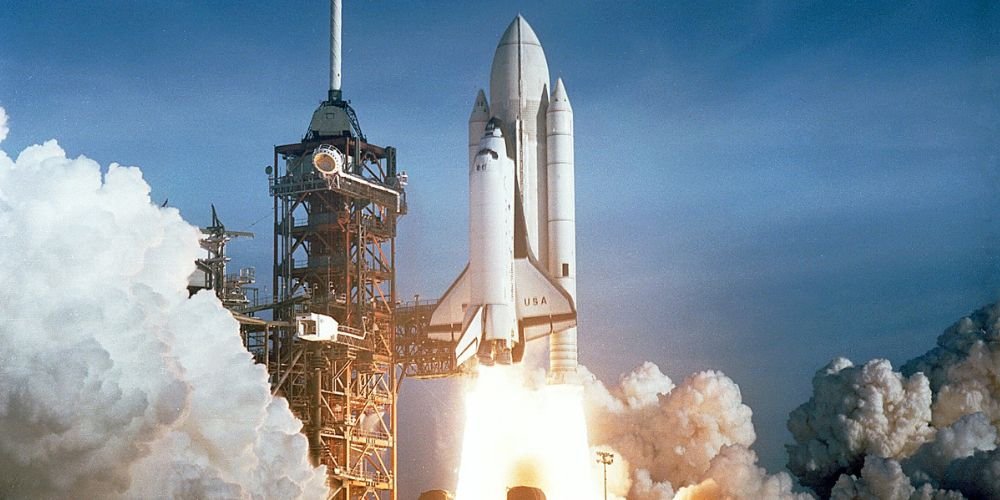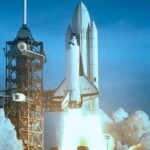The Space Shuttle Program stands as one of the most iconic and groundbreaking initiatives in the history of space exploration. For over three decades, the space shuttle fleet enabled human spaceflight missions, satellite deployment, scientific research, and the International Space Station (ISS) construction. In this article, we embark on a journey to explore the significance, achievements, and challenges of the Space Shuttle Program, tracing its legacy in shaping humanity’s quest for the stars.
Origins and Goals of the Space Shuttle Program
The Space Shuttle Program emerged from NASA’s vision of creating a reusable spacecraft system capable of ferrying astronauts and payloads to and from low Earth orbit (LEO). Launched in 1981 with the inaugural flight of Space Shuttle Columbia, the program aimed to revolutionize space transportation, reduce launch costs, and enable routine access to space for scientific exploration and commercial activities.
Shuttle Fleet and Components
The Space Shuttle Program consisted of five operational orbiters: Columbia, Challenger, Discovery, Atlantis, and Endeavour. Each orbiter had three main components: the orbiter vehicle, the external fuel tank, and the solid rocket boosters. The orbiter was the crew cabin and payload bay, capable of carrying astronauts, scientific instruments, and cargo to and from space.
Achievements and Milestones
Throughout its operational history, the Space Shuttle Program achieved numerous milestones and breakthroughs in space exploration. Highlights include the deployment of satellites such as the Hubble Space Telescope, constructing the ISS, and groundbreaking scientific research in microgravity and Earth observation. The shuttle fleet also played a critical role in servicing and repairing satellites in orbit, conducting spacewalks, and advancing human spaceflight capabilities.
Challenges and Tragedies
Despite its successes, the Space Shuttle Program faced significant challenges and tragedies throughout its tenure. The loss of Space Shuttle Challenger in 1986 and Space Shuttle Columbia in 2003, resulting in the deaths of all crew members, were devastating setbacks for the program. These tragedies underscored the risks and complexities of human spaceflight and prompted NASA to reassess safety protocols and procedures.
Legacy and Impact
The Space Shuttle Program left a lasting legacy on exploration, technology development, and international cooperation. Its achievements paved the way for future endeavors in human spaceflight, including NASA’s Artemis program to return humans to the Moon and eventual crewed missions to Mars. The shuttle fleet also inspired a new generation of scientists, engineers, and astronauts to pursue careers in space exploration and STEM fields.
Advancements in Space Transportation
The Space Shuttle Program revolutionized space transportation by demonstrating the feasibility of reusable spacecraft and reducing the cost of launching payloads into orbit. Although the program ultimately fell short of its goal to achieve routine access to space, it laid the groundwork for future commercial space ventures and the development of next-generation launch vehicles, such as SpaceX’s Falcon 9 and Crew Dragon.
International Collaboration and Cooperation
The Space Shuttle Program fostered international collaboration and cooperation in space exploration, with missions involving astronauts from various countries and partnerships with international space agencies. The construction of the ISS, a joint effort involving NASA, Roscosmos, ESA, JAXA, and other partners, exemplifies the power of international cooperation in advancing scientific research, technology development, and human spaceflight capabilities.
Inspiration and Education
The Space Shuttle Program inspired millions worldwide with its awe-inspiring launches, daring missions, and groundbreaking discoveries. It captured the imagination of people of all ages and backgrounds, igniting a passion for space exploration and discovery. The shuttle fleet symbolized human ingenuity, perseverance, and the boundless potential of exploration beyond Earth’s bounds.
Conclusion
The Space Shuttle Program is a testament to human ingenuity, courage, and exploration spirit. Despite its challenges and setbacks, the program achieved remarkable successes and left an indelible mark on the history of space exploration. Its legacy inspires future generations to reach for the stars, push the boundaries of human knowledge, and pursue the dream of exploring the cosmos beyond Earth’s bounds.










